Filter data
|
ID |
Nickname |
Country / City |
Languages |
Taxonomies |
Comment |
Project / Group |
Map |
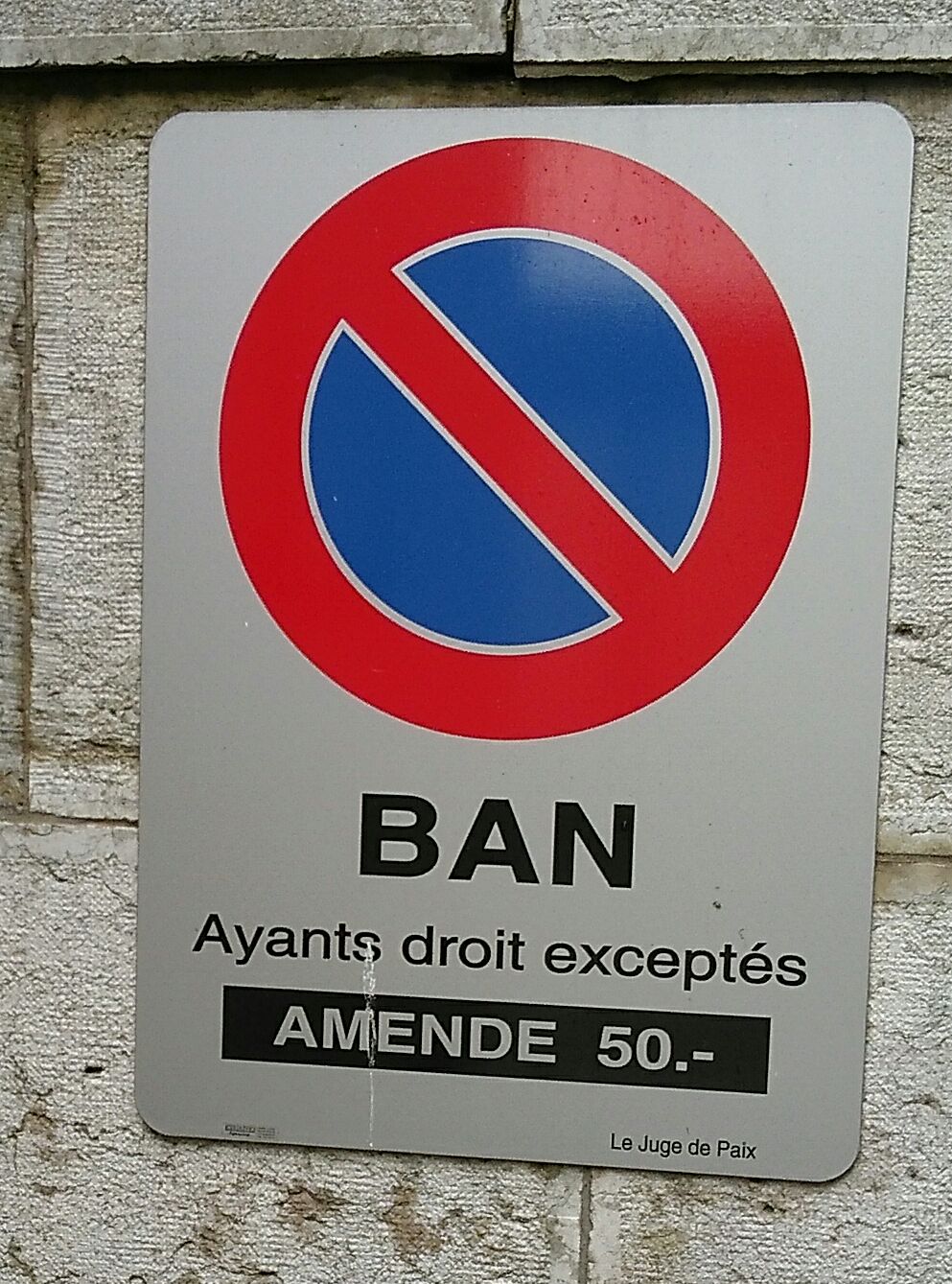
|
12314
|
|
Switzerland
Fribourg
|
|
|
—
|
|
|
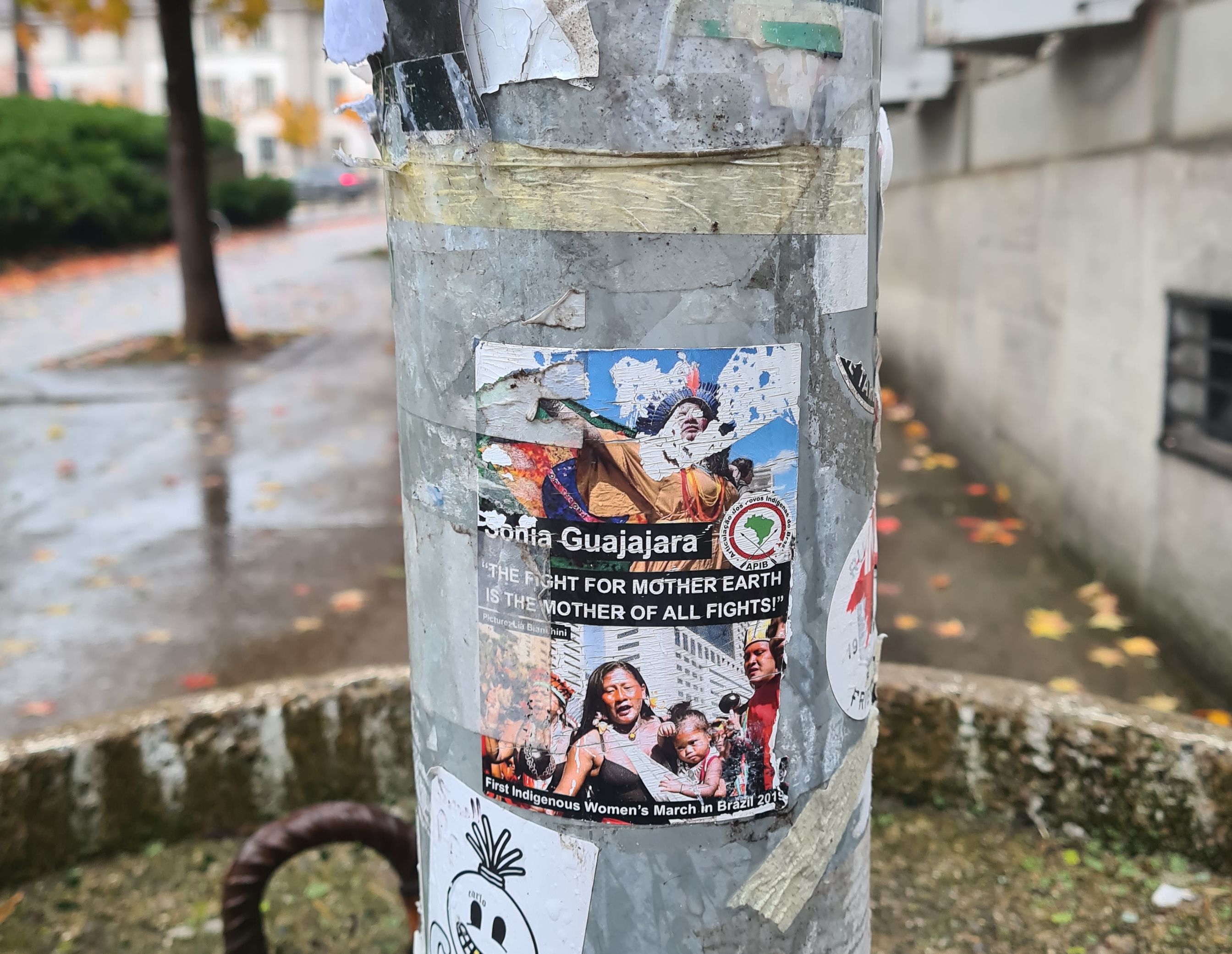
|
143642
|
L-U.K
|
Switzerland
Fribourg
|
|
|
—
|
Freiburg/Fribourg2025
|
|
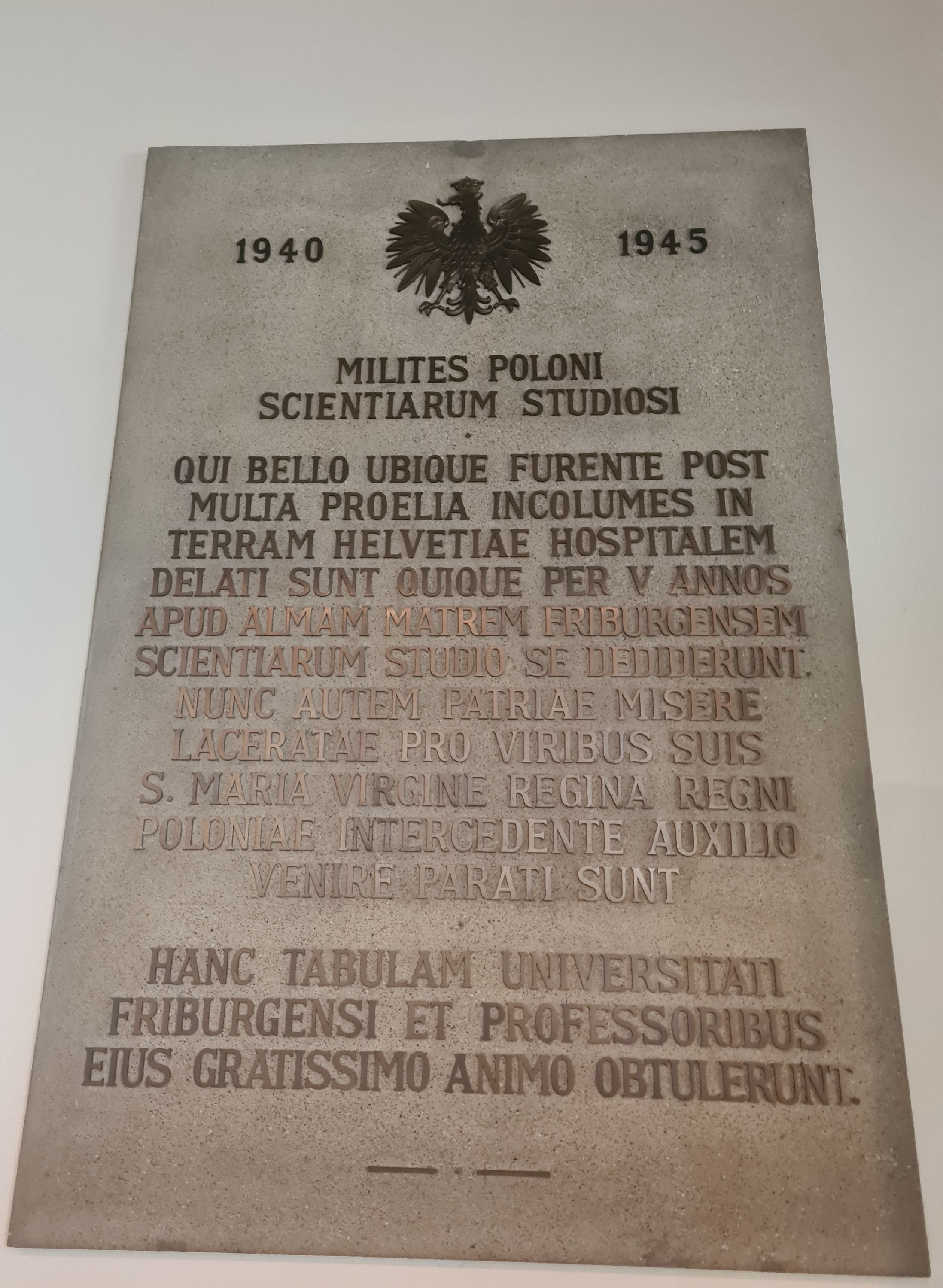
|
143898
|
L-U.K
|
Switzerland
Fribourg
|
|
|
—
|
Freiburg/Fribourg2025
|
|

|
144154
|
L-U.K
|
Switzerland
Fribourg
|
|
|
—
|
Freiburg/Fribourg2025
|
|
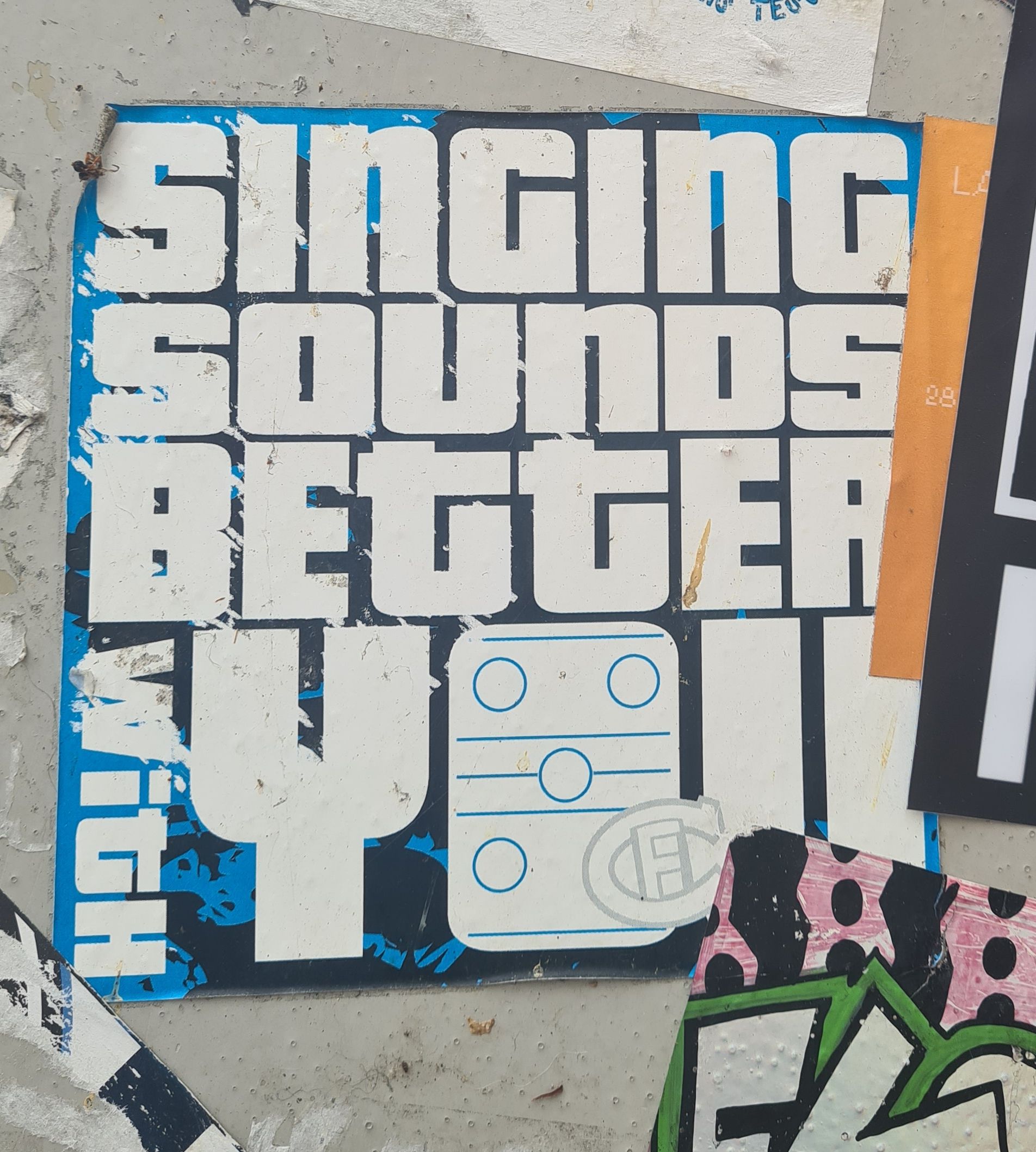
|
144410
|
L-U.K
|
Switzerland
Fribourg
|
|
|
—
|
Freiburg/Fribourg2025
|
|

|
137243
|
L-U.K
|
Switzerland
Fribourg
|
|
|
—
|
|
|

|
138011
|
L-U.K
|
Switzerland
Fribourg
|
|
|
—
|
Freiburg/Fribourg2025
|
|

|
142363
|
MSchiegg
|
Switzerland
Fribourg
|
|
|
—
|
Freiburg/Fribourg2025
|
|

|
12315
|
|
Switzerland
Fribourg
|
|
|
—
|
|
|

|
143899
|
L-U.K
|
Switzerland
Fribourg
|
|
|
—
|
Freiburg/Fribourg2025
|
|
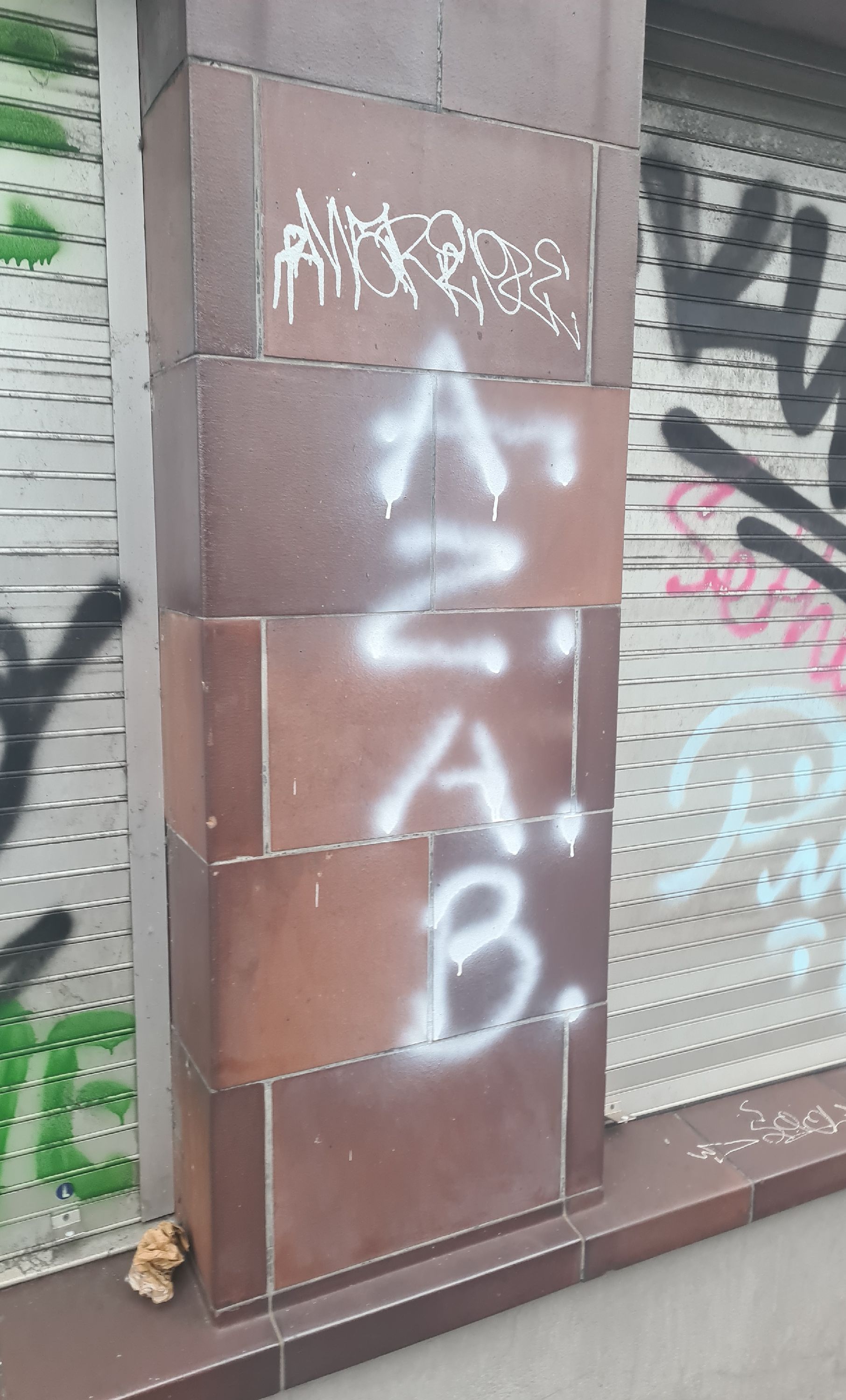
|
144155
|
L-U.K
|
Switzerland
Fribourg
|
|
|
—
|
Freiburg/Fribourg2025
|
|
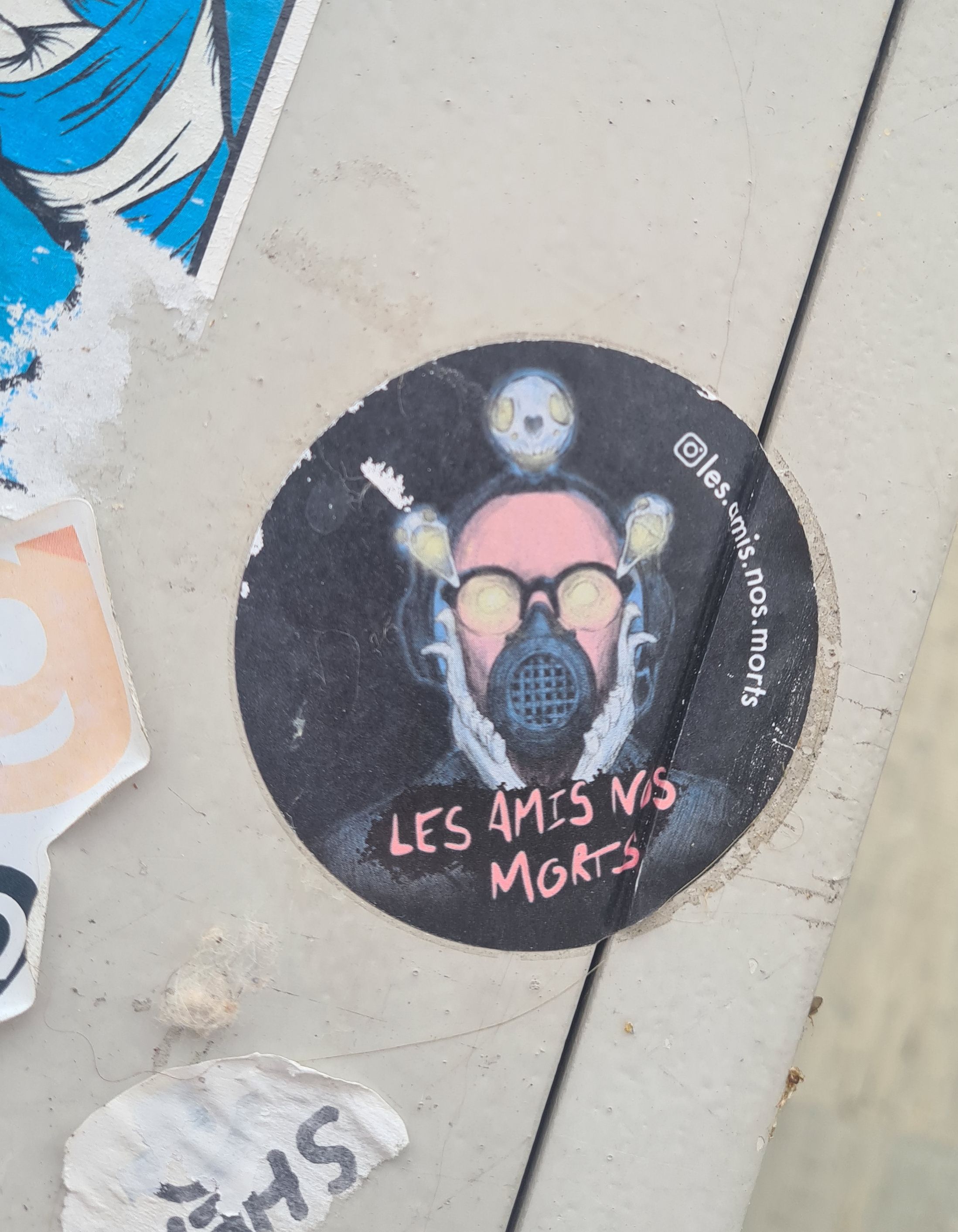
|
144411
|
L-U.K
|
Switzerland
Fribourg
|
|
|
—
|
Freiburg/Fribourg2025
|
|
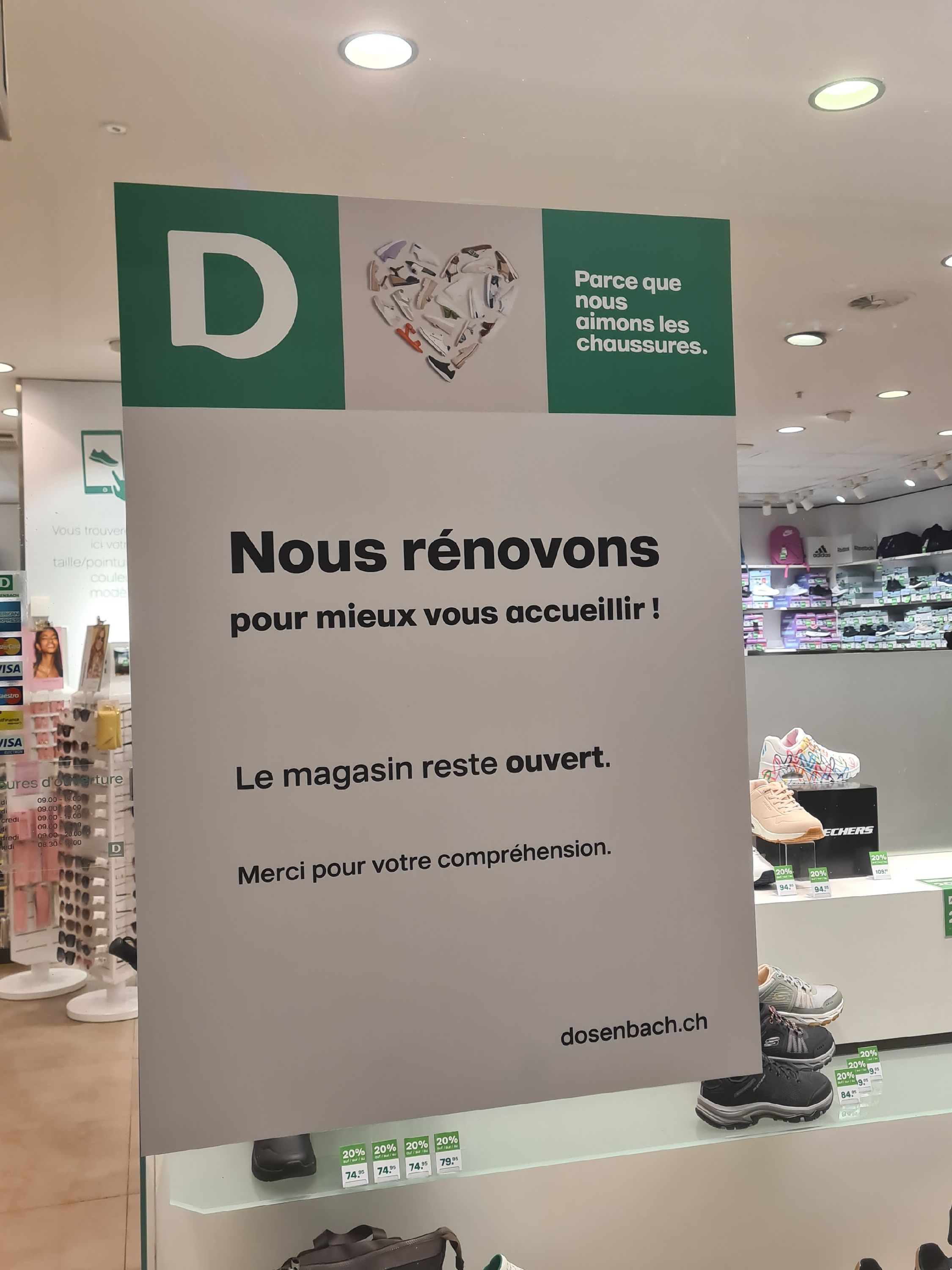
|
137244
|
L-U.K
|
Switzerland
Fribourg
|
|
|
—
|
|
|
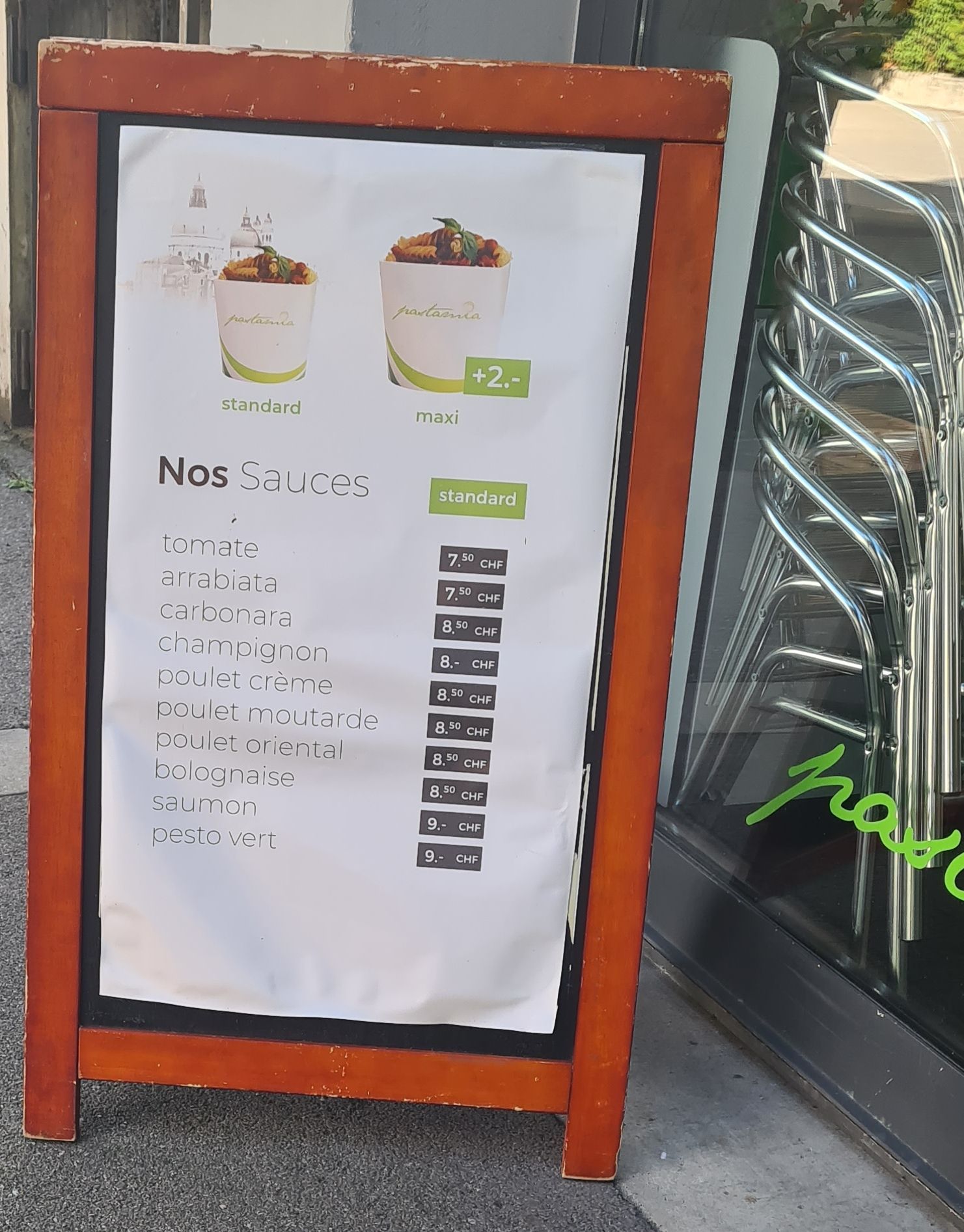
|
138012
|
L-U.K
|
Switzerland
Fribourg
|
|
|
—
|
Freiburg/Fribourg2025
|
|
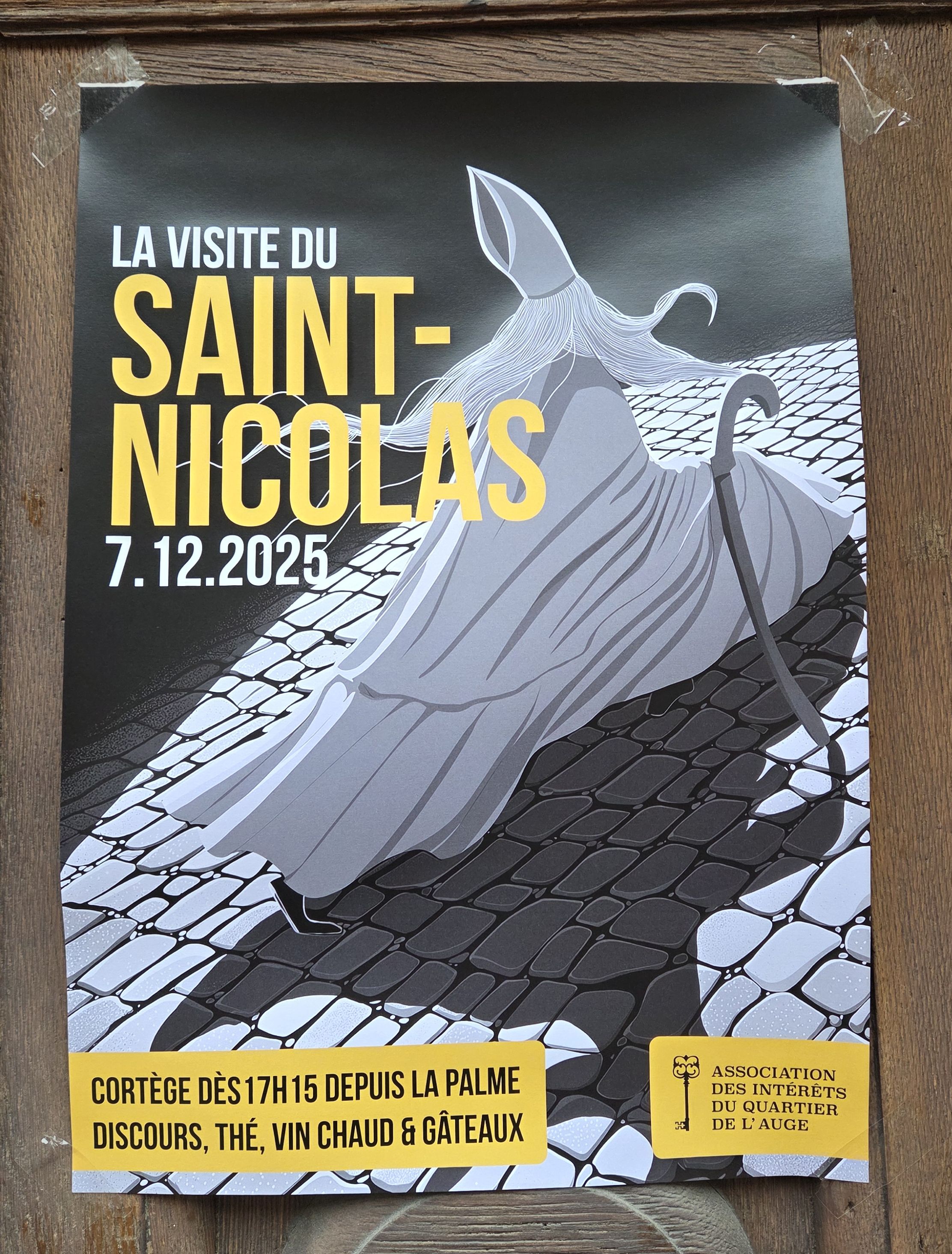
|
142364
|
MSchiegg
|
Switzerland
Fribourg
|
|
|
—
|
Freiburg/Fribourg2025
|
|

|
12316
|
|
Switzerland
Fribourg
|
|
|
—
|
|
|
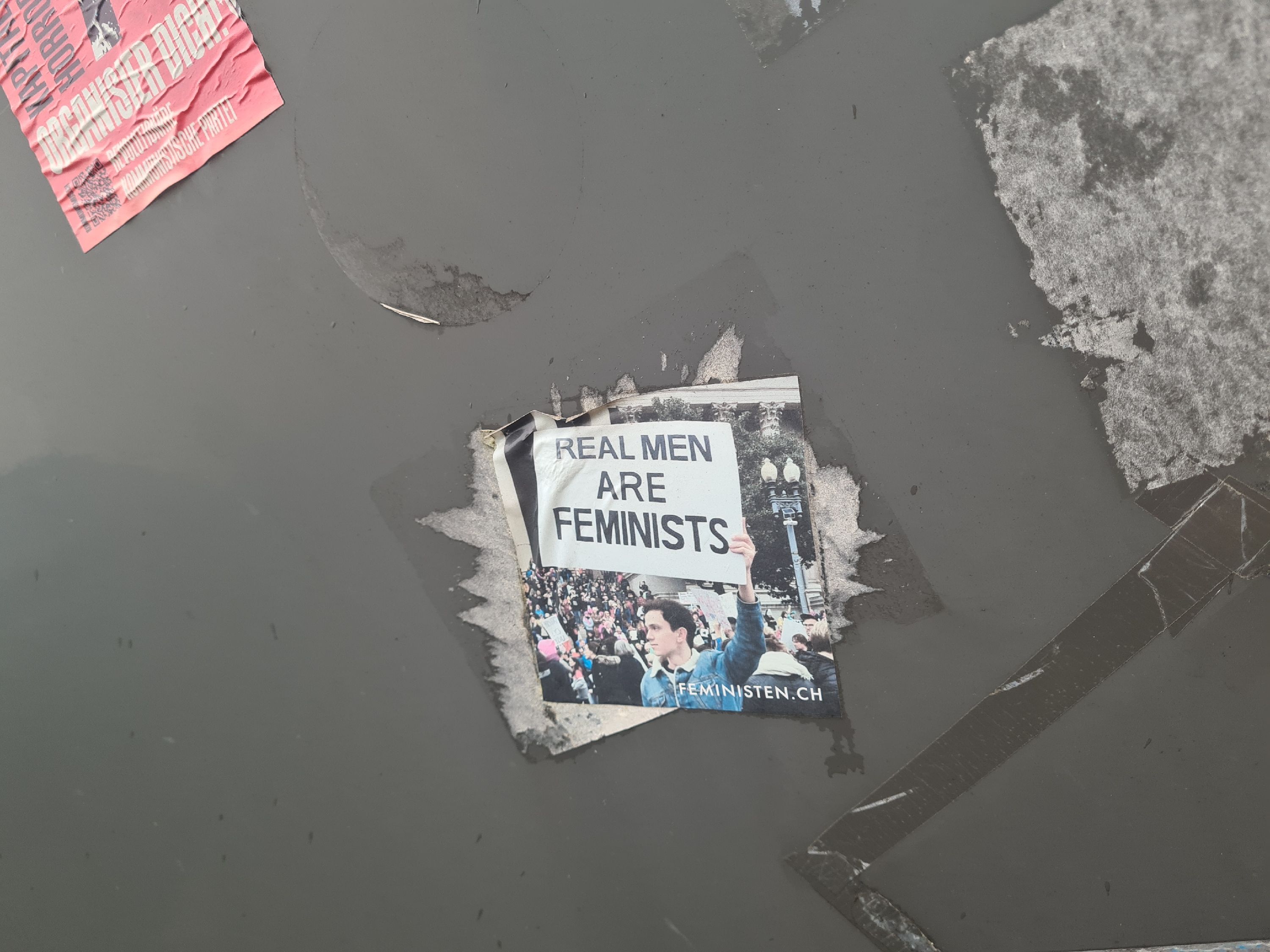
|
143644
|
L-U.K
|
Switzerland
Fribourg
|
|
|
—
|
Freiburg/Fribourg2025
|
|
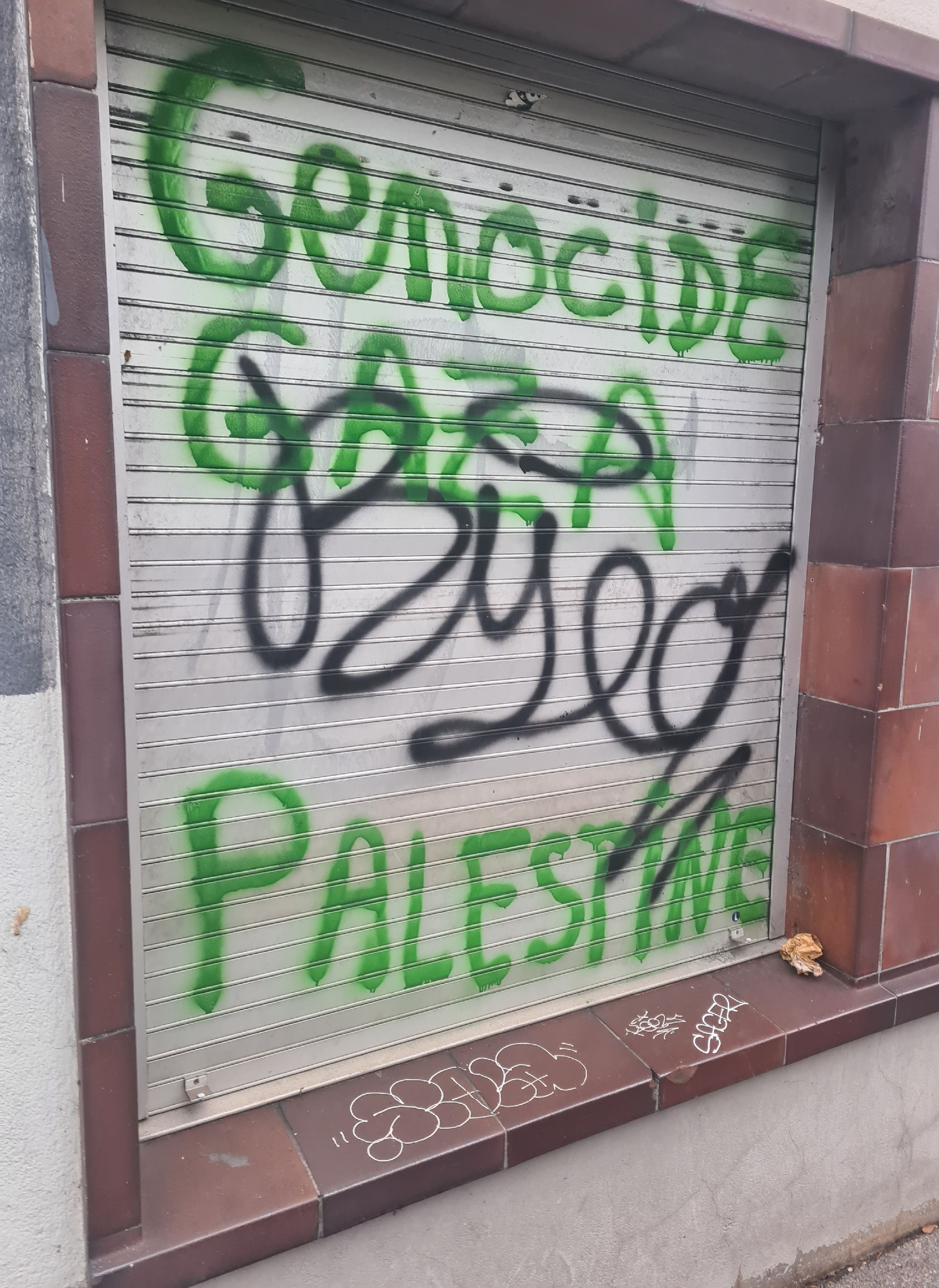
|
144156
|
L-U.K
|
Switzerland
Fribourg
|
|
|
—
|
Freiburg/Fribourg2025
|
|

|
144412
|
L-U.K
|
Switzerland
Fribourg
|
|
|
—
|
Freiburg/Fribourg2025
|
|
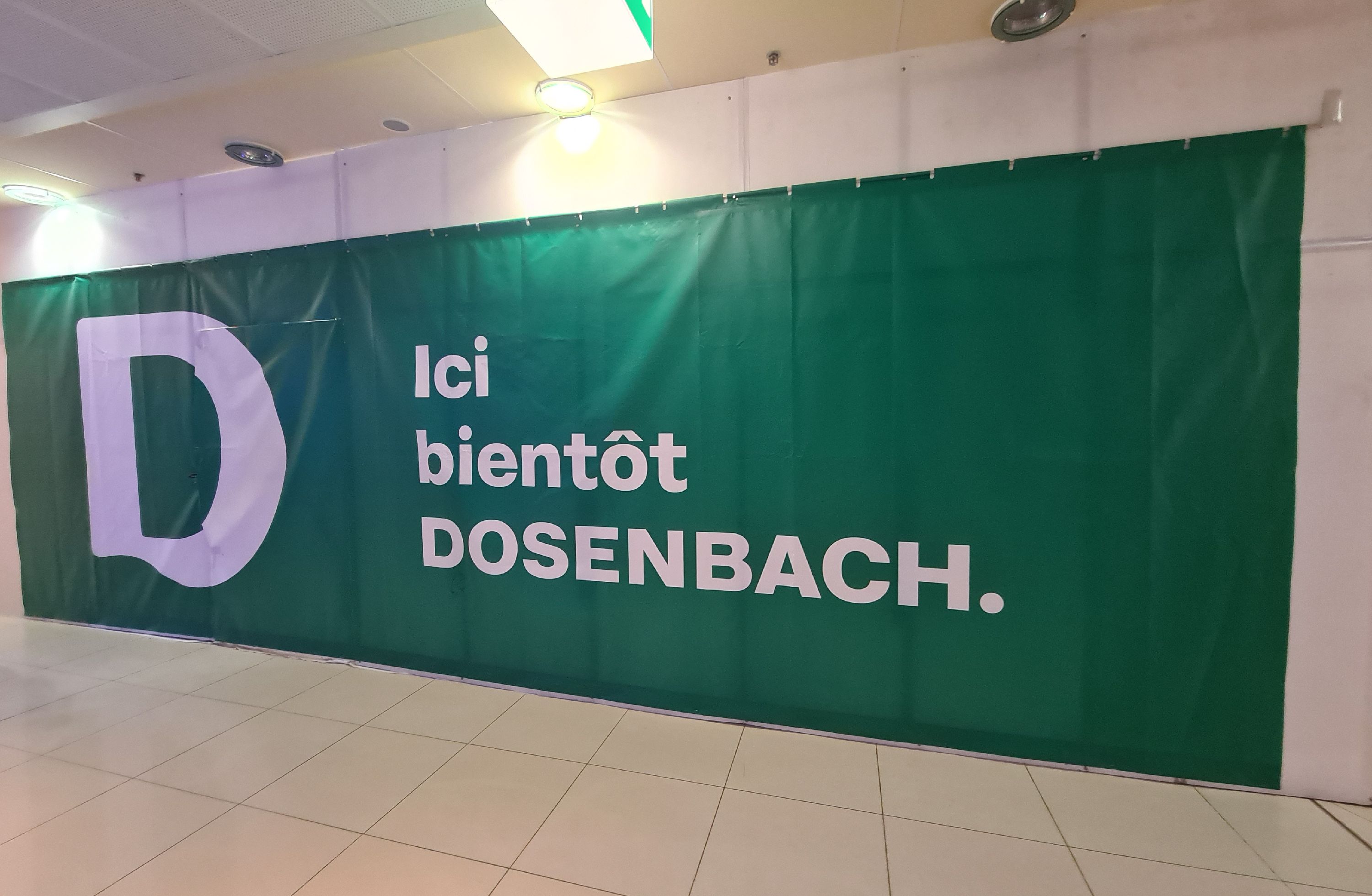
|
137245
|
L-U.K
|
Switzerland
Fribourg
|
|
|
—
|
|
|